- Home
- Articles
- Celebrate The Deliciousness of Fudge with an Instant Dessert Recipe and a Little Story
Relive the good old days with a chewy, crumbly and best sweet recipe of fudge and a little story of college days.
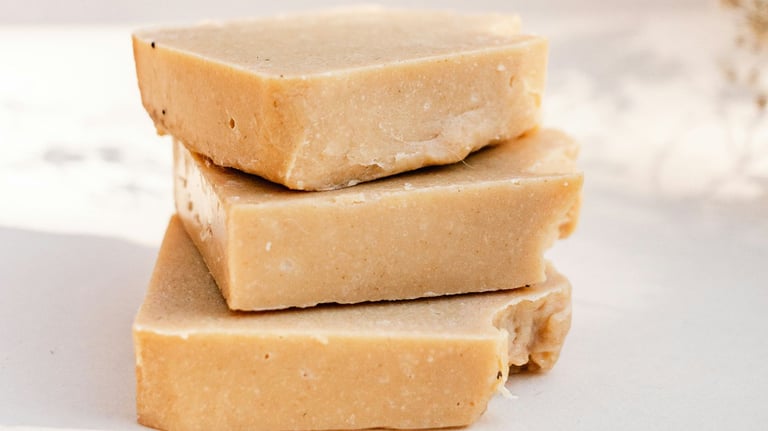
A thick candy-like sticky sweet, fudge comes in different shapes and sizes but most popular are cubes or rectangular slices that are usually unadorned and sometimes come with chocolate and nuts in them. The fudge is so commonplace today, that to mask a swear word sometimes “fudge” is used. It might please you to know there is a day, 16 June, dedicated to the sugary deliciousness that is fudge, which was invented accidentally.
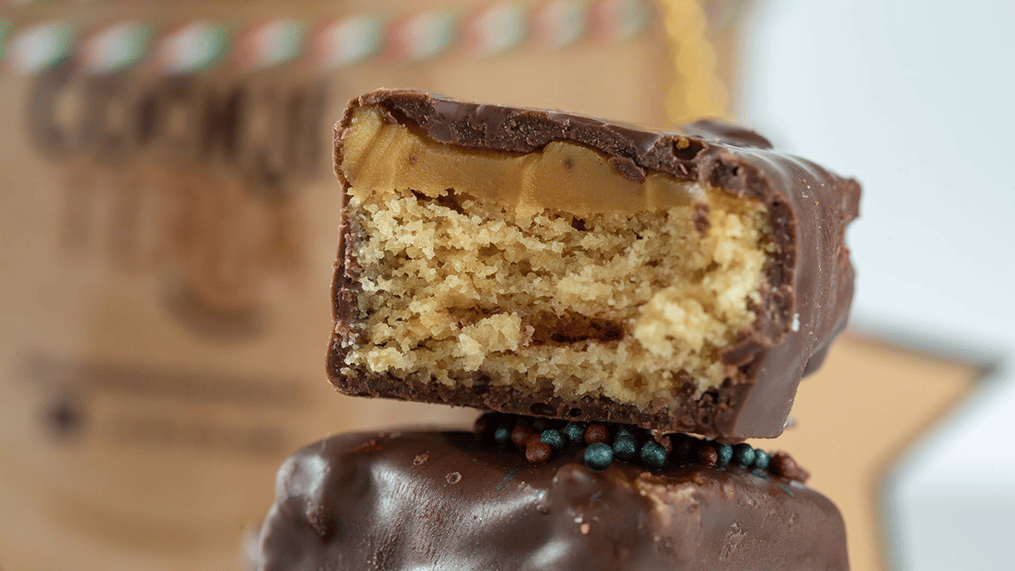
Where did Fudge come From?
This delish dessert recipe traces its origin back to the United States in the late 19th century, 1880s to be exact. While the exact date of its invention remains somewhat of a mystery, the widely accepted story suggests that fudge was born when a batch of caramels was “fudged” by overcooking them, and this fateful accident is how it was created.
The first penned account of fudge was found in a letter written by a Vassar College student in Poughkeepsie, New York. In 1886, a student called Emelyn Battersby Hartridge got her hands on a recipe for 30 pounds of fudge for an auction at her college. That was the first time in history that fudge was sold in such a setting and documented as well.
As to who might've made the world's first fudge is still a mystery however, it is believed that a confectioner in Baltimore, Maryland, was attempting to make a batch of French caramels but ended up "fudging" the recipe – a term used at the time to describe a blunder or mishap. However, this mistake resulted in an entirely new treat – a soft, velvety concoction quite distinct from the intended caramels. This creation proved to be serendipitous because it happened to have happened on Valentine's Day in 1886.
Despite its American roots, fudge does share some similarities with other European confections like French caramel and fondant candies. Although some may attribute fudge's origins to Britain, that is an honest mistake. Regional varieties do exist, but even renowned British confectioners acknowledge that fudge is uniquely American. Nevertheless, fudge quickly became a beloved indulgence in its own right, with its simple yet rich blend of ingredients like sugar, butter, and milk or cream capturing the hearts and palates of Americans nationwide.
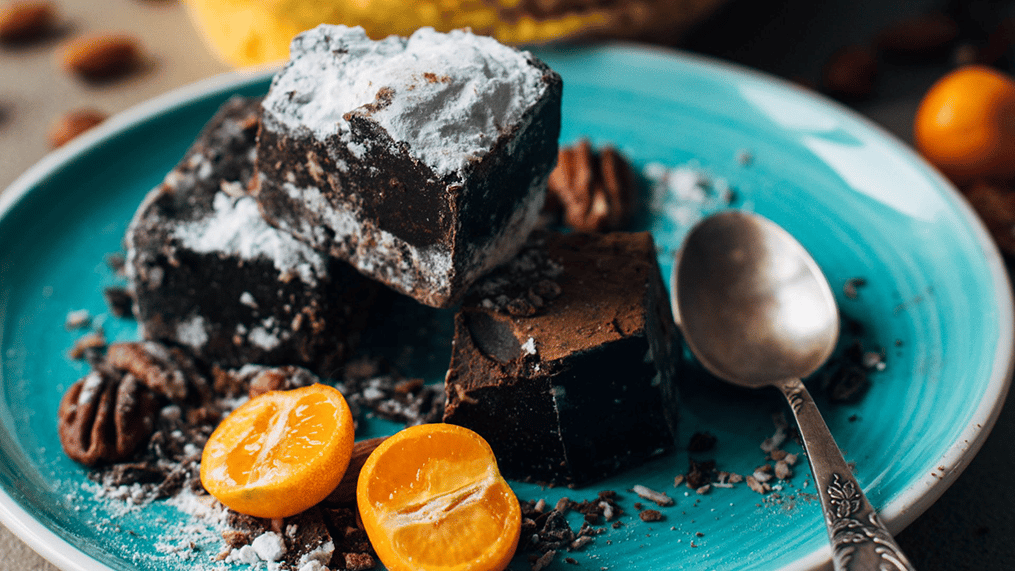
American folks really love their sweets if you take a look at their repertoire of invented desserts so it's not surprising that fudge with its three or more ingredients and its ease of preparation quickly earned a spot among the US’ most vetted desserts. By the 1900s fudge was fully mainstream and its softness allowed it to be consumed across ages, even the elderly with weak teeth. This was also the time when making fudge started to become a family tradition leading up to the Christmas holidays in winter.
The mid-20th century also saw the commercialization of fudge where different companies created their own brand of fudge and sold them in markets. It also reached the European shores and would be stocked in most confectionery shops and hotels. As the market saturated with fudge, innovation was the need of the hour and how much of a recipe can one change? So, what the companies did was come up with different fudge varieties, making them in different flavors, and adding sea salt, nuts and spices.
Today fudge is a symbol of the ultimate homely dessert-like chewy candy that is hard to classify as a candy or even a cake or bar. It's a cube of sweetness that is an emotion and has a tinge of nostalgic element to it. So, here's a recipe for you to get nostalgic on.
Fudge Recipe
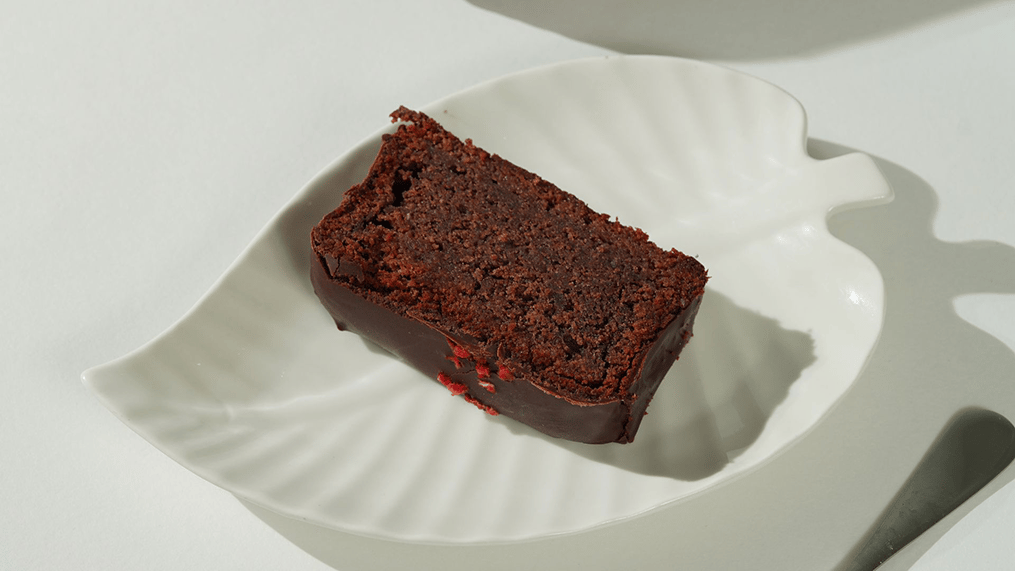
(Makes 32 pieces)
Ingredients
- 350 gm semisweet chocolate chips (or equal weight Bournville Dark chocolate)
- 400 ml condensed milk
- ¼ tsp salt
- 15 gm butter
- 1 tsp vanilla extract
Instructions
- Take your usual 8x8-inch brownie pan, linen with foil and grease the surface with butter. Set aside as you make the fudge.
- Take a saucepan and add the chocolate chips or chopped chocolate bar, condensed milk, salt and butter. Keep the heat low and stir while keeping a careful watch on the chocolate.
- Stir constantly and take off heat, once all the ingredients are combined. The liquid will be silky smooth. Quickly pour the vanilla extract and stir to combine.
- Pour this liquid into the foil-lined baking pan and smoothen with a spatula.
- Pop the tray into the fridge for an hour or two for the fudge to set. You can divide it into pieces by cutting squares once it sets.
Like This Article?
More Like This
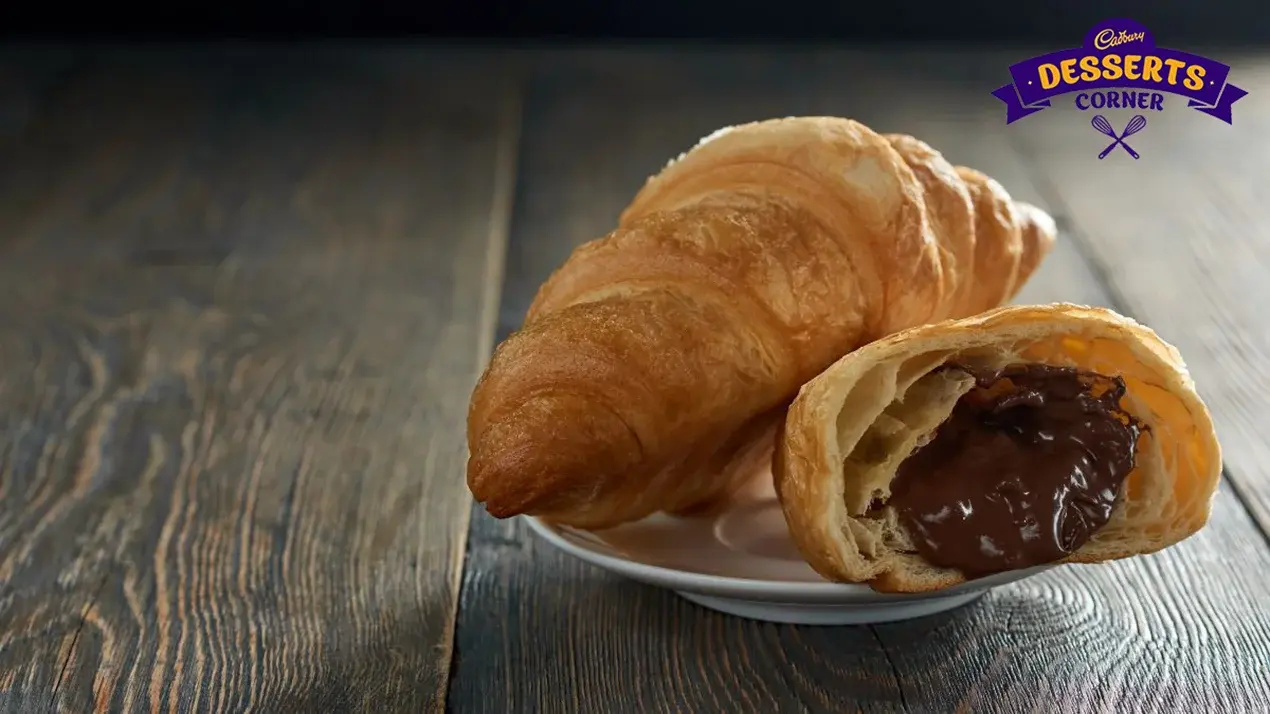


Popular Articles





Trending Web Stories
Curated Recipes



















